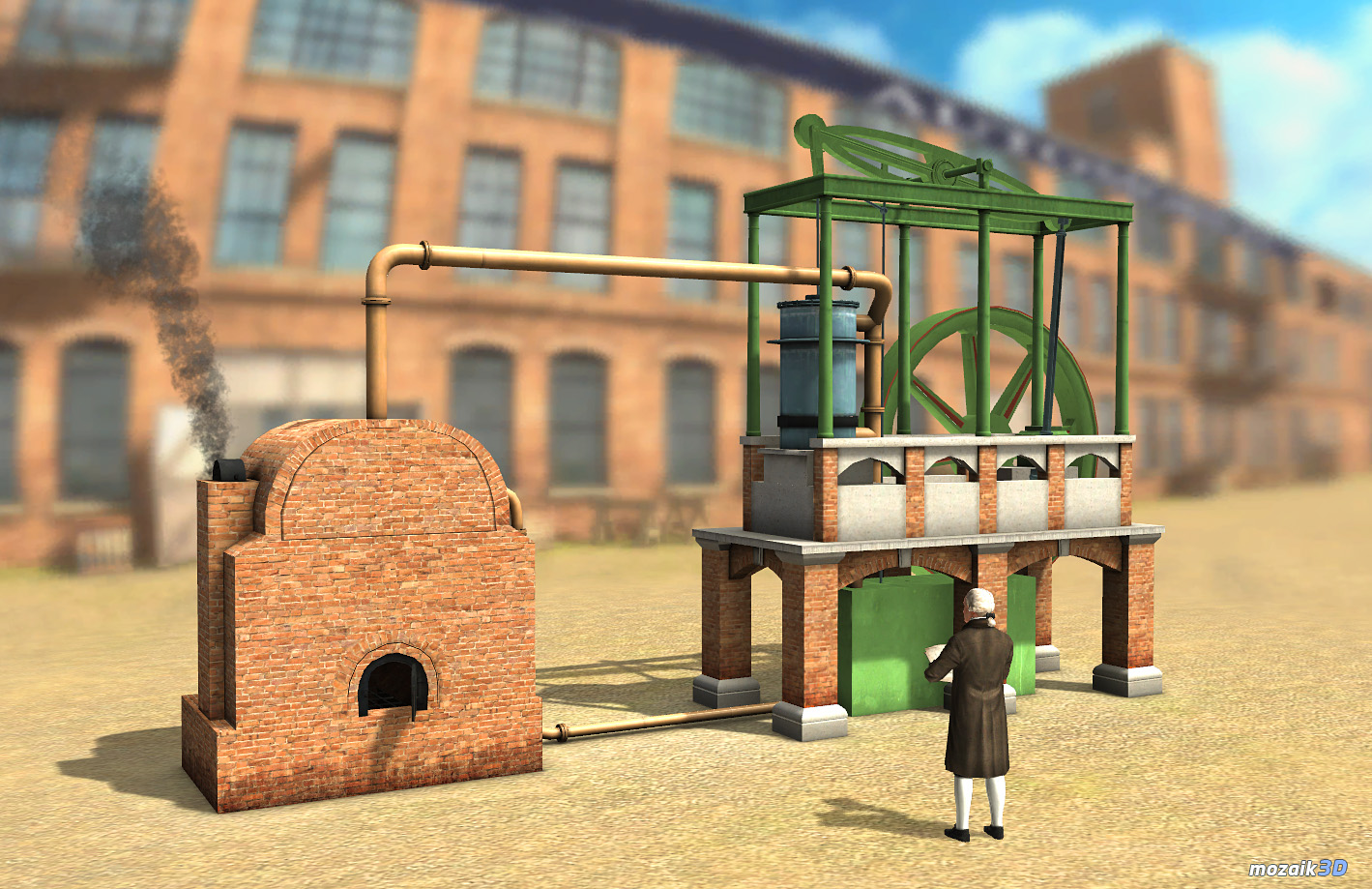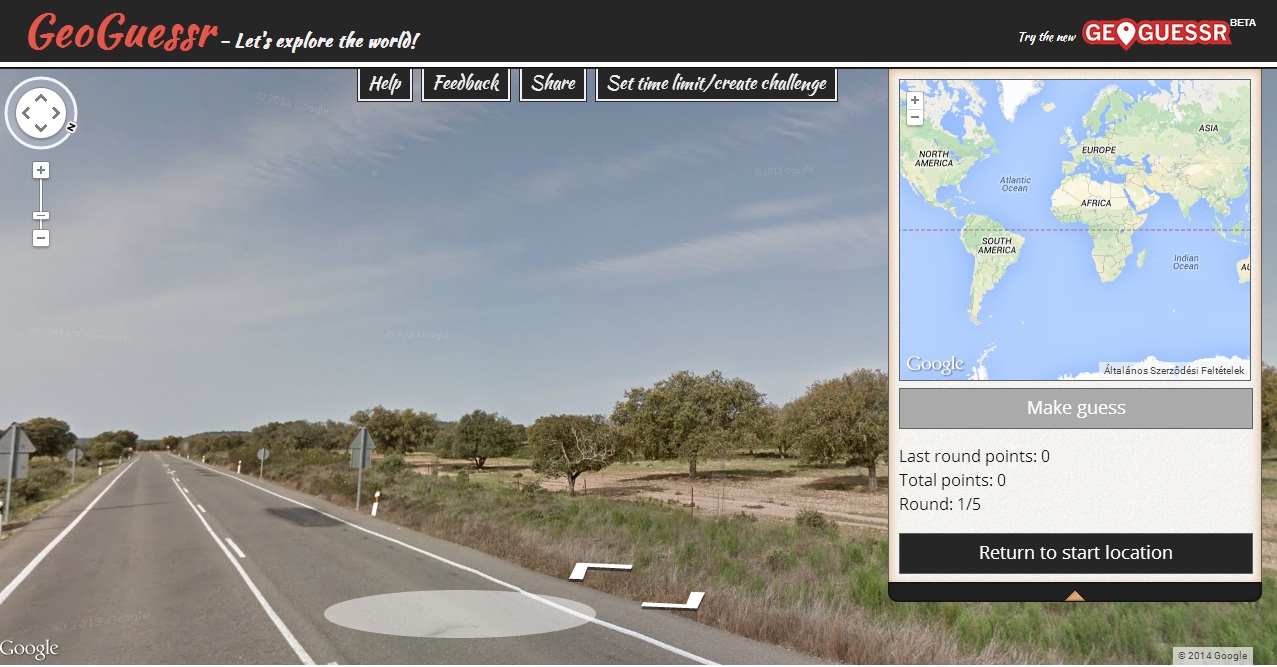 You have certainly encountered the following problem in teaching. Does it ring a bell when students have difficulties with imagining what you are talking to them about? Sometimes it would be great to travel back in time so that you can actually show them the events and objects that they learn about during lessons. Now you are given the opportunity to show them with 3D animations and tools available. These can be used in a lesson with which you cannot only raise your students’ interest but you can also make your lesson spectacular. Meanwhile, the material becomes incredibly easy to teach.
You have certainly encountered the following problem in teaching. Does it ring a bell when students have difficulties with imagining what you are talking to them about? Sometimes it would be great to travel back in time so that you can actually show them the events and objects that they learn about during lessons. Now you are given the opportunity to show them with 3D animations and tools available. These can be used in a lesson with which you cannot only raise your students’ interest but you can also make your lesson spectacular. Meanwhile, the material becomes incredibly easy to teach.
The following lesson plan provides you with ideas to teach the geography of Great Britain.
1. Let’s show the role of the Industrial Revolution and technical innovations in the development of traditional heavy industry sectors.
“The industrial revolution evolved in the island country in the 17-18th centuries. Several inventions were patented that diversified production. One of them was the steam engine perfected by James Watt.”
Applying Watt’s Steam Engine (18th century) mozaik3D Interactive model we can get familiar with the engine’s structure, with the operation of some of its parts and with circumstances of development. Let’s look at the narrated Animation first. Then, clicking on Edit we can drag the engine with our mouse and look at it in various views. In the toolbar above, if we click on rotate the image can be locked in any view. In this way, further drawings and texts can be added to make the material clearer for students.
Undoubtedly, rather breath-taking paintings can be created in ink. Yet, the picture that appears on the leaves of a white carnation as a result of an intriguing experiment certainly competes with those paintings. What does the vascular tissue consist of? What do the terms "xylem" and "phloem" stand for? What do they look like? What are vascular bundles and what types do they have? How can they be examined? The following lesson plan provides ideas for teaching plant water transport.
1. Let's introduce the parts of the vascular tissue and the basic idea behind their operation.
Tracheophyta both transport water and water solutes in tubular formations. The vascular tissue can be divided into two parts, namely the xylem and the phloem. While the xylem transmits such ions that become dissolved in it, from its root towards all the other organs, the phloem transmits organic materials having been dissolved in water from the leaves towards all the other organs.
I've found a gripping article the other day about researchers who had examined the network system of the Greek epic poem The Odyssey, mapping 1700 connections of 342 characters. Interestingly enough, they have found that the network system of the epos is very similar to that of the network systems of Facebook or Twitter.
According to the writers of the article this indicates that the poem was probably based on real events. They studied Beowulf and Iliad in a similar manner and with the same results. However, the Irish epic Tain Bo Cuailnge did not pass the test.
Therefore, I have searched for software that is free of charge and which can be exploited in visualizing networks. The solution turned out to be the open source application Gephi, which makes us pro network analyzers. We can settle the intersections one by one but it is also possible to load an Excel file and then there are several ways of visualizing the network. Although, what is it good for? We can use it to make sociograms in the class but also to discover the relation system of an ecosystem.
.png)
There is an entertaining (and extremely addictive) game based on Google Street View called GeoGuessr. Our task is simple: we are dropped off somewhere in the world, at random, and we must guess on the world map in the top-right corner where we think that place could be.

In GeoGuessr, we can walk up and down the area with the Streetview app until we discover some kind of signal (such as signs or people). I used it in one of my lessons to practise intelligent speculation and teach forming conditional sentences.


